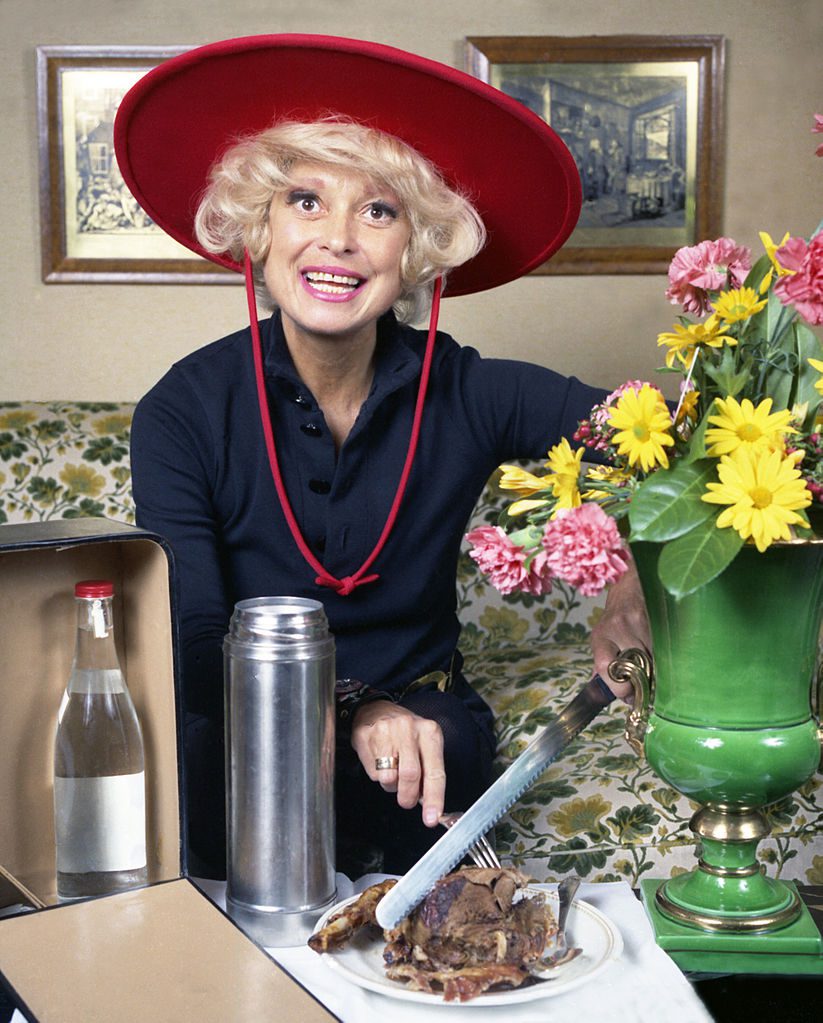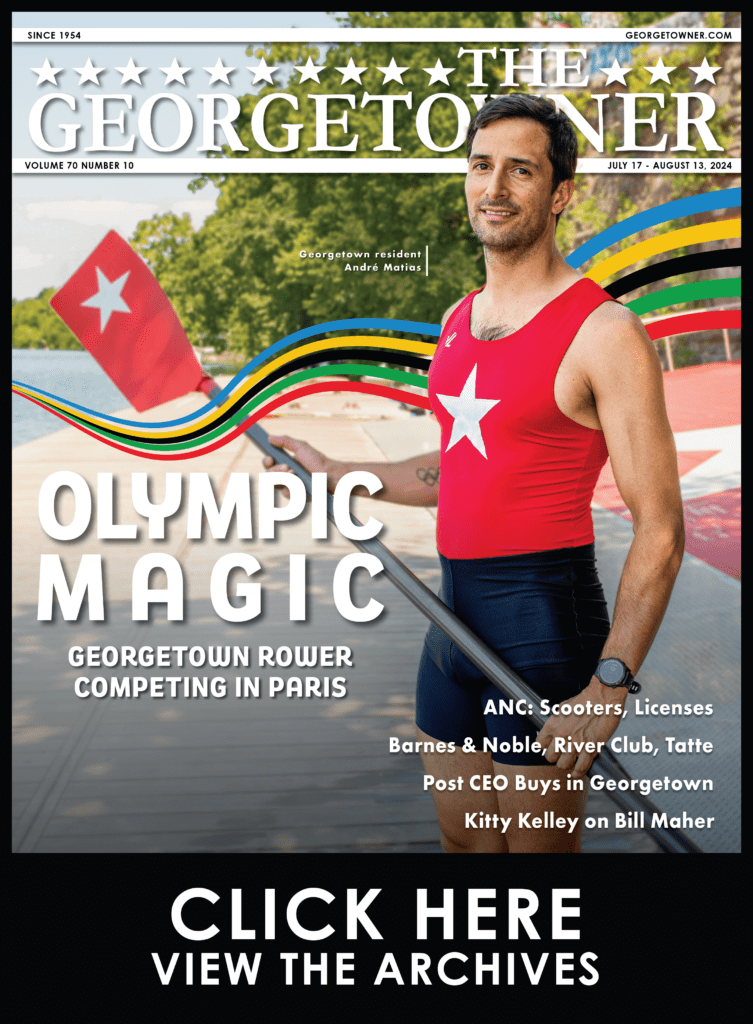Channing: The One and Only Dolly
By • January 17, 2019 0 750

Carol Channing, the actress, singer, incandescent Broadway star, diva and legend (literally and otherwise), a sometime gleeful and eager television performer and an uncommon presence in the occasional movie (famously in “Thoroughly Modern Millie”), died on Jan. 15.
She was 97, not many days removed from hitting 98. She had had two strokes, a publicist said. She died at her home in Rancho Mirage, in California, where it is warm.
She was Lorelei Lee, who sang “Diamonds Are a Girl’s Best Friend” in shocking platinum blond in the 1951 production, which made her a big, big star. She was Dolly Gallagher Levi in “Hello, Dolly” on Broadway, a lifetime role with which she became indelibly associated. She is said to have performed it at least 5,000 times, give or take, the last time at the age of 95 — not so long ago but a long way from the first time in 1964.
Channing owned Dolly, but a lot of stars borrowed the role for a time onstage, in revivals in the London West End and at regional theaters too numerous to mention. The eclectic list includes Pearl Bailey, Ginger Rogers, Martha Raye, Betty Grable, Phyllis Diller, Ethel Merman, Mary Martin (Merman and Martin initially turned it down), Bette Midler and Bernadette Peters.
Coincidentally, Betty Buckley, who became a Broadway household name playing Grizabella in the original Broadway run of “Cats,” will have the role of Dolly when the latest revival comes to the Kennedy Center this summer.
In theater history, lines crisscross like this, trying to outwit time itself, until the stage gets really crowded. But, with all due respect to all who came after and continue on, there is and was only one Dolly, and that was Carol Channing.
I met her once in the 1980s, for an interview about her role in “Legends,” a new comedy at the National Theatre by James Kirkwood of “A Chorus Line” fame about two theater legends — played by Channing and Martin — making a comeback together and fighting like cats and dogs all the way.
For the life of me, I can’t remember the occasion with exactitude. I remember we talked about theater and audiences, and the difficulties of pulling a new show together, the joy of working with fellow legend Martin, how gratified she felt about her life with “Dolly” and how pleased and proud she was to have found out that she was on Richard Nixon’s “enemies” list.
What I remember is how in the moment she was, not in a pushy or fake-diva way, but with warmth, curiosity, as if she had nothing better to do than to be there, chatting, one of numerous such conversations she was having to promote the play. She was the real deal, a genuine article, who stood out in a small room as much as she did on a crowded stage, dazzling in red, her raspy, one-of-a-kind voice not so much seductive as overwhelming.
The show, as it turned out, was a bit of a mess and didn’t make it to Broadway, but did have a successful tour across the country, and made a profit.
Her two most dazzling roles were Lorelei and Dolly, roles she was not chosen to repeat in the film versions. A still-learning Marilyn Monroe — costarring with Jane Russell in “Gentlemen Prefer Blondes” — sang “Diamonds” in her own whispery voice and made a different gem out of it, while Barbra Streisand took the movie version of “Hello Dolly.” The irony, perhaps delicious, was that Channing won a Tony for her Dolly, while Streisand did not get an Oscar for hers.
I’m guessing that might have been Channing’s fate too. She was uniquely suited to be a top-tier member of the tribe of stage divas, actresses who are wholly unique in voice, appearance, style, personality and talent and shine like the sun. Think of women like Peters, Midler, Merman, Martin, Bailey, Patti LuPone, Sutton Foster, Rita Moreno, Chita Rivera, Audra McDonald, Angela Lansbury, Christine Baranski, Kelli O’Hara and Liza Minelli.
While they’ve shined in films, the camera somehow diminishes what they do in a spotlight onstage or face to face. They define the difference between motion pictures and theater. Films are forever; what happens on the stage disappears as it happens, and is defined in memory. The best work by divas or stage actors and actors over time shows us how they’ve changed, while the best films show us how we’ve changed.
You can find Channing singing “Dolly” and “Diamonds” every which way, but you can also see her in a YouTube clip from a 1961 episode of “The Dinah Shore Show,” emerging in a sparkling, form-fitting dress and short blond hair, singing about “Calypso Pete.” Or you can hear her outrageously funny German accent as a guest on “What’s My Line” or at the head of a line of chorus boys from a production of “Hello Dolly.”
The voice is both funny — sometimes like a poetically scratched record, underlined with a laugh and a basic sweetness — and surprisingly and triumphantly moving. All were part of the Channing repertoire, embracing the spotlight, inviting us along, to be impressed or to laugh, winning us over, as all great performers do.
Carol Channing is no longer with us, but she is probably on her way to somewhere, startled dizzy by starlight, until she hears a voice, authoritative, welcoming and not a little awed, singing: “Well, hello, Dolly. It’s so nice to have you back where you belong.”

